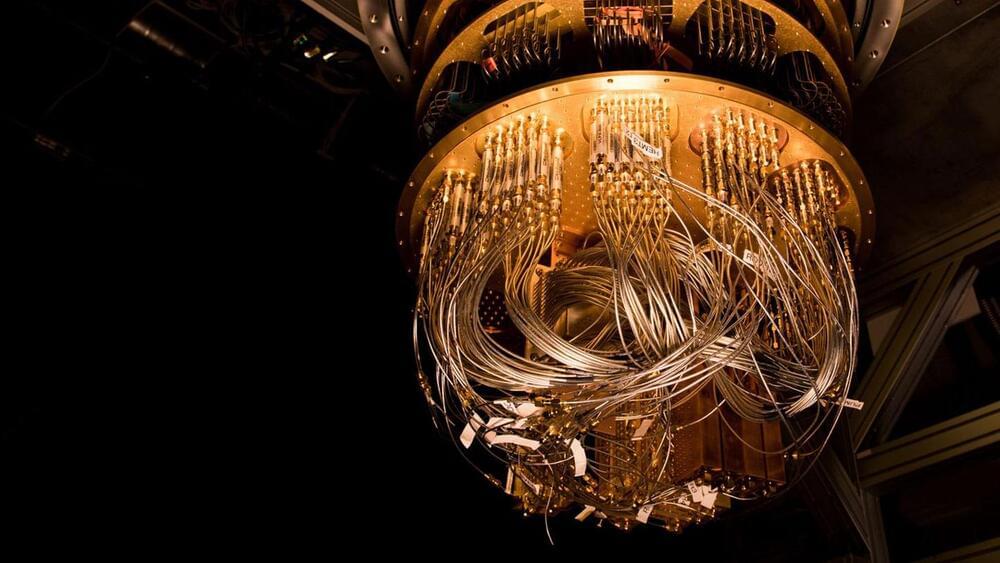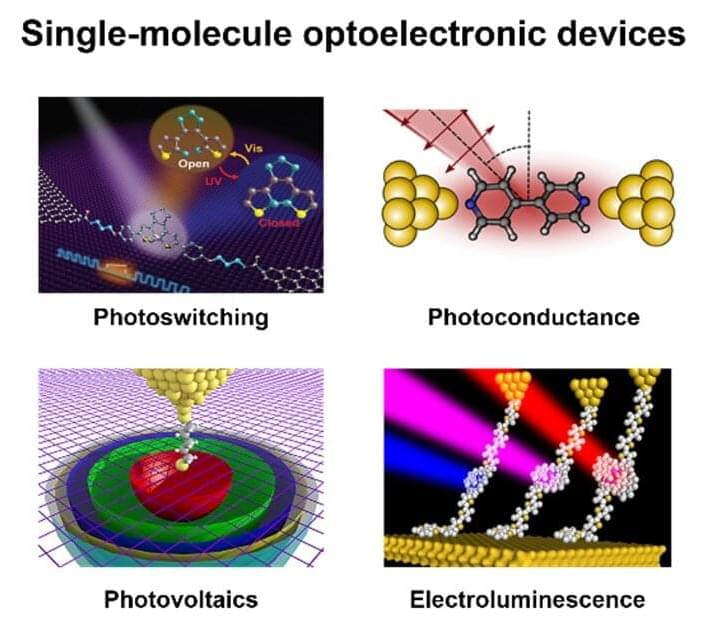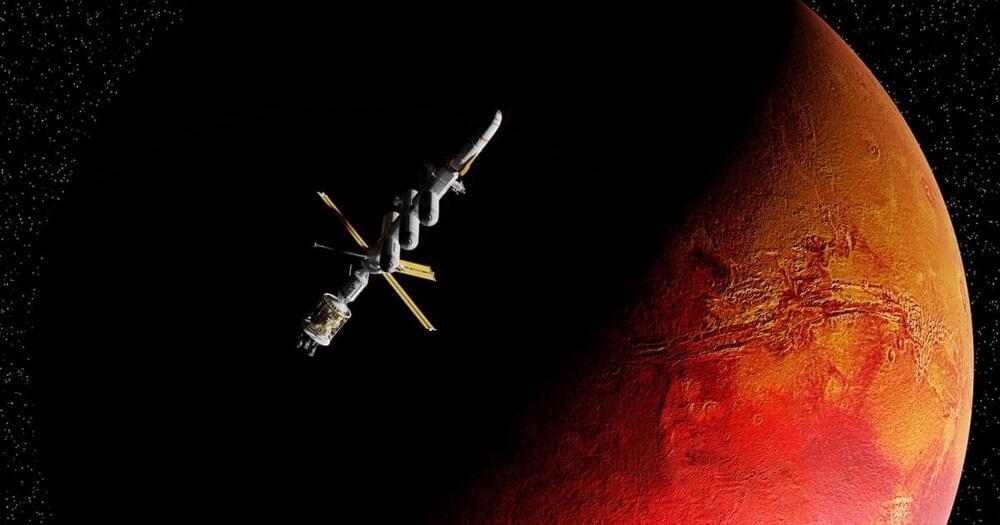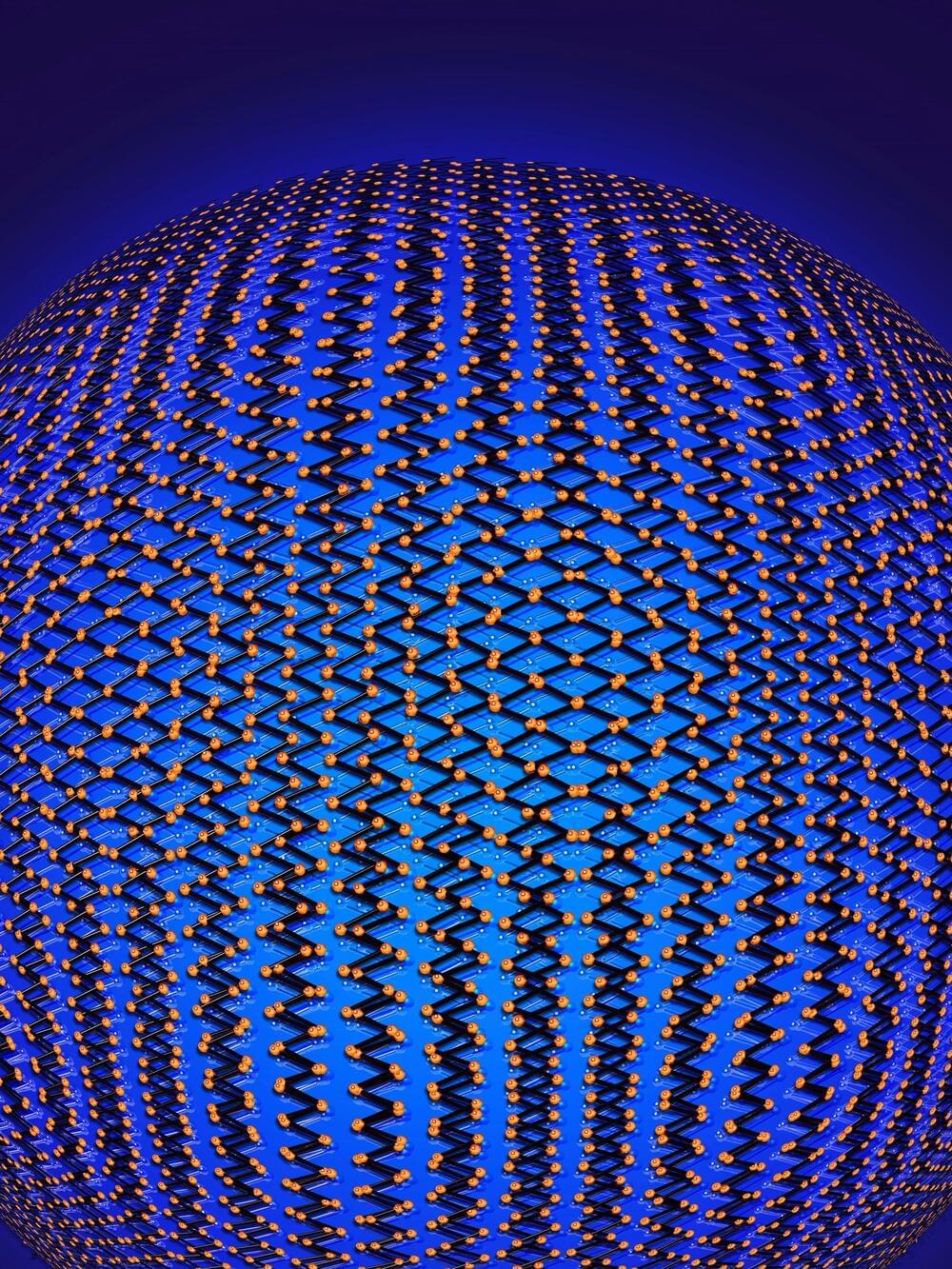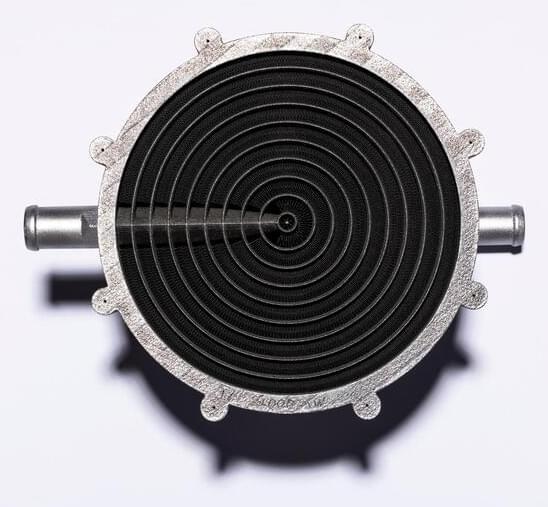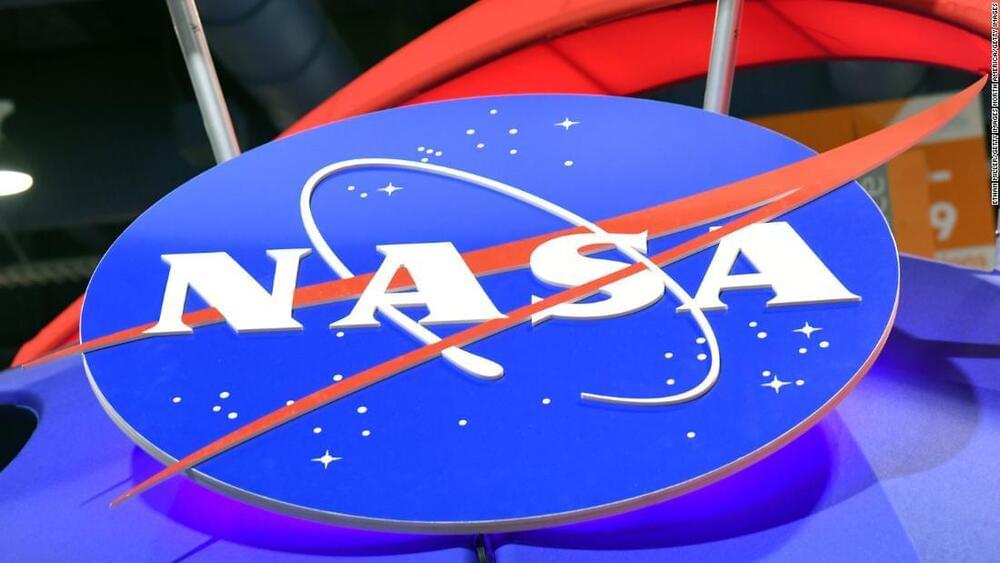Machine learning can get a boost from quantum physics.
On certain types of machine learning tasks, quantum computers have an exponential advantage over standard computation, scientists report in the June 10 Science. The researchers proved that, according to quantum math, the advantage applies when using machine learning to understand quantum systems. And the team showed that the advantage holds up in real-world tests.
“People are very excited about the potential of using quantum technology to improve our learning ability,” says theoretical physicist and computer scientist Hsin-Yuan Huang of Caltech. But it wasn’t entirely clear if machine learning could benefit from quantum physics in practice.
